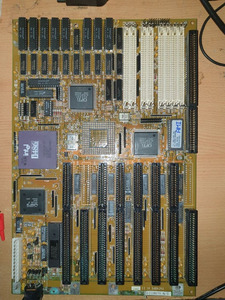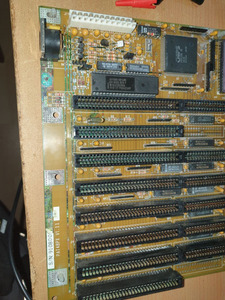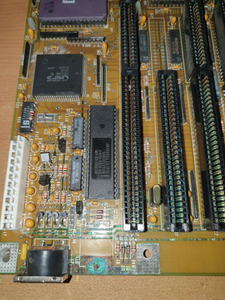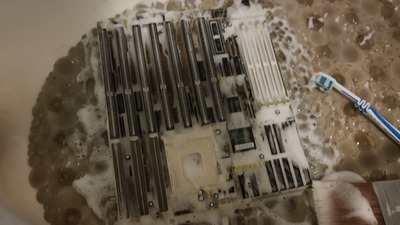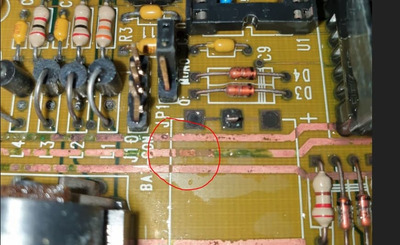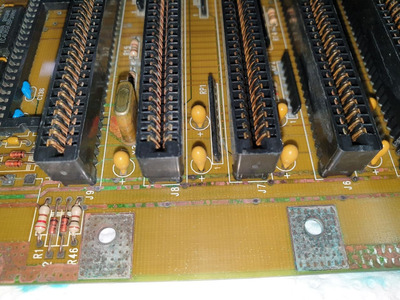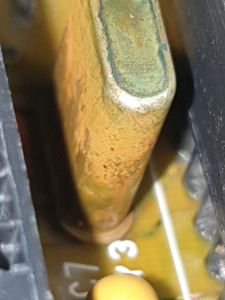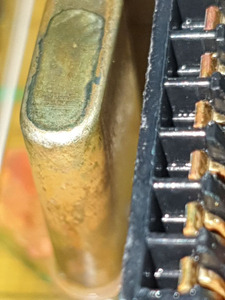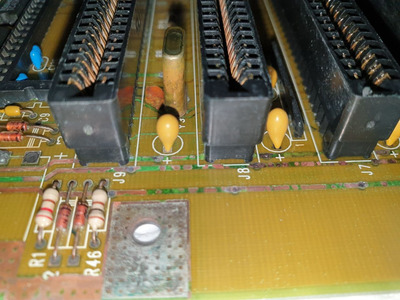First post, by dura-zell
Hi
I recently started my endeavor to recreate some of my computers from my childhood. I'm not aspiring to recreate the exact machines I had back in the days - this would be nearly impossible - but more the look and feel of the old days - and also I'm looking forward to a fun learning experience. My first project is an 486DX-33 based System. I bought an old machine which according to the seller has been in a basement for several years.
According to an first "inventory" I got the following:
CPU: 80486DX-33 / SX419
Board: Unidentified, PAT48PX, Likely this one: https://stason.org/TULARC/pc/motherboards/T/T … 86-PAT48PX.html
Mem: 4 MB
Graphics: Cirrus Logic / 256K
Sound: ESS Audiodrive
CD-ROM: Future Domain - some generic IDE CROM Controller Card
I/O: 2 Serial/parallel Cards based on Winbond Chips, one has a Gameport connector
HDD: Not sure yet as its still mounted in the case
The PSU seems to be fine (checked the rails) but needs a thorough cleaning, the case too. Also the expansion cards seem to work fine. The machines does boot and even loads from the hard disk.
Unfortunately the mainboard suffered from severe battery leakage - it had one of these barrel batteries spilling its guts all over the place. I removed the battery and prepared an external case for AA batteries (mainboard has a connector for this). I also removed the corrosion as good as possible with vinegar & alcohol but it looks like some of the traces got eaten completely. I have (very) basic experience with soldering and I might be able to make a jump wire for one or two connections but replacing entire traces is a bit above my head. Also I was not able to completely clean up the ISA slot affected. See pictures attached.
So my question: What do you folks think - Is it possible to fix this somehow (and if so: what would be the best approach) or should I look for a replacement board. If the latter: Can someone confirm if this is a socket 3 CPU? According to CPU world it is, but I never have seen one with this kind of socket for socket 3 CPU's.
Thanks in advance for any replies
dura-zell
